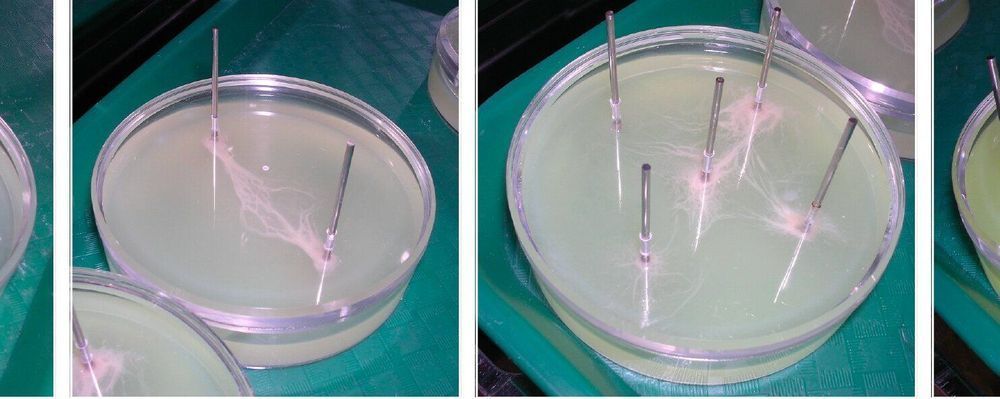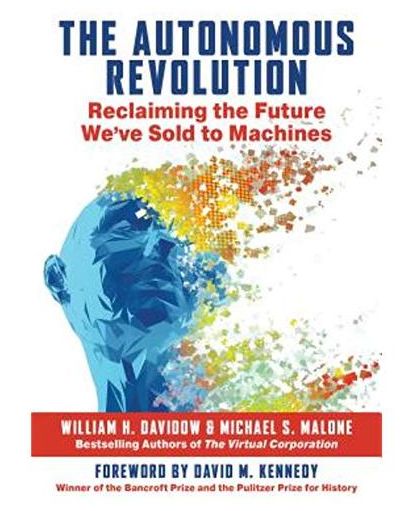Cosmology draws on many branches of physics to study the universe’s history. And what it’s found has forever changed how we understand our position in the cosmos.




The DARPA Launch Challenge has begun, with a once-stealthy startup called Astra Space aiming to launch two rockets from an Alaska spaceport within the next month and a half to win a $10 million grand prize.
The Defense Advanced Research Projects Agency set up the challenge in 2018 to serve as an added incentive for private-sector development of a highly mobile launch system that the military could use.
At first, DARPA specified that two orbital launches would have to be executed over the course of two weeks from completely separate launch sites in order to win the top prize. However, program manager Todd Master said the plan was changed for logistical and regulatory reasons. Dealing with all the hassles associated with launches from widely separated sites “wasn’t really our goal in solving the challenge,” Master told reporters today during a teleconference.

The second Ariane 5 mission of the year lifted off from the Guiana Space Centre in Kourou, French Guiana, in South America on a rideshare mission that launched the GEO-KOMPSAT-2B and JCSAT-17 satellites for South Korea and Japan, respectively.
The launch occurred at the opening of a 62 minute launch window at 22:18 UTC.

If you can’t defeat death, what if you could postpone it, or at least postpone the diseases commonly associated with getting old? Many people, especially the ultra-wealthy in Silicon Valley, are investing money into companies trying to answer exactly those questions.
» Subscribe to CNBC: https://cnb.cx/SubscribeCNBC
» Subscribe to CNBC TV: https://cnb.cx/SubscribeCNBCtelevision
» Subscribe to CNBC Classic: https://cnb.cx/SubscribeCNBCclassic
About CNBC: From ‘Wall Street’ to ‘Main Street’ to award winning original documentaries and Reality TV series, CNBC has you covered. Experience special sneak peeks of your favorite shows, exclusive video and more.
Connect with CNBC News Online
Get the latest news: https://www.cnbc.com/
Follow CNBC on LinkedIn: https://cnb.cx/LinkedInCNBC
Follow CNBC News on Facebook: https://cnb.cx/LikeCNBC
Follow CNBC News on Twitter: https://cnb.cx/FollowCNBC
Follow CNBC News on Instagram: https://cnb.cx/InstagramCNBC
#CNBC
How the ultra rich are trying to live forever.

Life is usefully defined on the basis of process: Any set of entities that participates in the process of evolution by natural selection is alive. But how does evolution by natural selection—and thus life—get started? The answer is far from obvious. Lack of insight haunts origins of life research and plagues understanding of the major evolutionary transitions, including the transition from cells to multicellular life.
In a new paper published in Nature Ecology & Evolution, a team led by Paul Rainey at ESPCI Paris and the Max Planck Institute for Evolutionary Biology provides a solution. Adopting a theoretical approach inspired from earlier and on-going experiments, Rainey and his team show how ecological circumstances can kick-start life, both from the get-go, and also at each of the major evolutionary transitions.
For entities to participate in the process of evolution by natural selection, entities need to be discreet and vary one to another, entities must replicate and offspring must resemble parental types. These basic Darwinian properties (variation, reproduction and heredity) are such fundamental features of life that it is easy to take their existence for granted. But as Black et al point out, Darwinian properties are derived and require evolutionary explanation. In the absence of any manifestation of heritable variance in fitness evolution is governed by chance alone and the road out of randomness difficult to conceive.

HONG KONG, Feb. 11, 2020 /PRNewswire/ — Infectious diseases represent an important portion of global public health concerns¸ in particular with regard to the current global outbreak of novel coronavirus (2019-nCoV). The challenge of frontline diagnosis in hospitals, clinics and ports is that infectious diseases could exhibit similar symptoms or can be asymptomatic. The Hong Kong Polytechnic University (PolyU) today announced the development of the world’s most comprehensive automated multiplex diagnostic system (the System) which includes a fully automated machine and a multiplex full-screening panel for the point-of-care genetic testing (POCT) of respiratory infectious disease including the 2019-nCoV.

SUPPORT THIS PROJECT, BUY THE DVD (only $8.99 with coupon code: “burz51”): http://estore.burzynskimovie.com
For more info: http://www.oprah.com/oprahradio/Dr-Stanislaw-Burzynskis-Cure-for-Cancer-Audio
Burzynski the Movie: http://www.burzynskimovie.com/
Follow this film series on Facebook: https://www.facebook.com/BurzynskiMovie
Visit director Eric Merola’s website: http://www.ericmerola.com
Directed by Eric Merola.